Home>diy>Building & Construction>What Do Masons Do In Construction
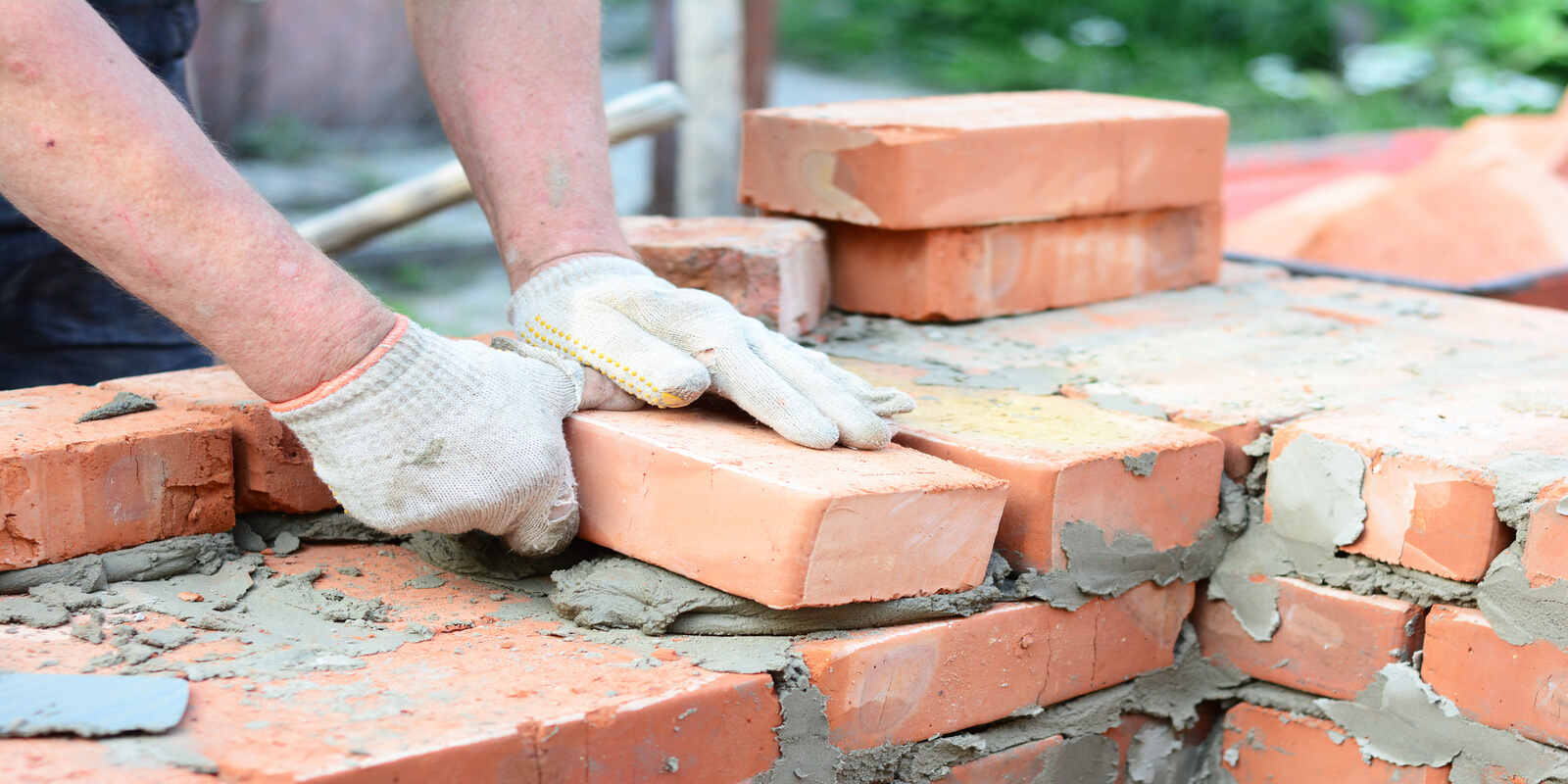

Building & Construction
What Do Masons Do In Construction
Modified: January 24, 2024
Discover the role of masons in building construction. From laying bricks to ensuring structural integrity, learn about the crucial tasks performed by these skilled professionals.
(Many of the links in this article redirect to a specific reviewed product. Your purchase of these products through affiliate links helps to generate commission for Storables.com, at no extra cost. Learn more)
Introduction
Welcome to the fascinating world of masonry in the construction industry. Masons, also known as bricklayers or stonemasons, play a crucial role in building construction projects. They are skilled craftsmen who specialize in the art of shaping and laying bricks, concrete blocks, or stones to create durable structures that stand the test of time.
Masonry has a rich history that dates back thousands of years. From the pyramids of ancient Egypt to the magnificent cathedrals of Europe, masonry has been used to construct some of the most iconic and awe-inspiring structures ever built.
In this article, we will peel back the layers and explore the world of masonry in detail. We will examine the history of masonry, delve into the roles and responsibilities of masons, explore the tools and techniques they use, discuss various types of masonry construction, and highlight the importance of masons in the construction industry.
So, let’s embark on this journey to discover the artistry and expertise of masons as they shape the built environment we live in.
Key Takeaways:
- Masons are skilled craftsmen with a rich history dating back thousands of years, contributing to the durability, functionality, and aesthetic appeal of structures in the construction industry.
- Masons face physical demands, tight deadlines, and changing technologies, but their expertise, dedication, and resilience ensure the successful execution of construction projects.
Read more: What To Do With Mason Jars In Home Decor
History of Masonry
The history of masonry stretches back thousands of years, with evidence of early masonry construction found in ancient civilizations such as Mesopotamia, Egypt, and India. These early masons used locally available materials, such as mud bricks and stone, to construct homes, temples, and fortifications.
One of the most notable examples of ancient masonry is the Great Pyramids of Giza in Egypt, built around 4,500 years ago. These massive structures were constructed using precisely cut limestone blocks, stacked one on top of the other, with such accuracy that even a thin blade cannot fit between them.
In medieval Europe, stonemasonry flourished as the Gothic architecture emerged. Highly skilled stonemasons crafted intricate and ornate structures, such as Gothic cathedrals and castles. This era saw the introduction of flying buttresses, pointed arches, and ribbed vaults, showcasing the technical prowess and artistic talent of masons.
During the Renaissance period, masonry continued to evolve, with the rediscovery of ancient Roman techniques and the rise of the Italian Renaissance architecture. This led to the use of new building materials, such as marble and travertine, and the development of advanced construction methods.
In the modern era, masonry has adapted to technological advancements. The industrial revolution brought new construction techniques, including the invention of the cement-based mortar and concrete blocks. These innovations made construction faster and more efficient.
Today, masonry remains a vital element in construction projects. From residential buildings and commercial complexes to bridges and monuments, masons continue to apply their skills and expertise to create structures that are not only functional but also visually striking.
With such an extensive history, masonry has stood the test of time, showcasing the durability and craftsmanship that have made it an integral part of the construction industry.
Roles and Responsibilities of Masons
Masons play a crucial role in the construction industry, bringing their expertise and skills to various stages of a building project. Let’s explore the key roles and responsibilities of masons in construction:
- Layout and Measurement: One of the primary responsibilities of masons is to accurately measure and lay out the foundations and walls of a building. They use specialized tools and techniques to ensure that the dimensions and alignments are precise.
- Brick or Block Laying: Masons are skilled in the art of brick or block laying, where they carefully place each unit in a specific pattern using mortar. They use their expertise to ensure that the structure is level, plumb, and secure.
- Jointing and Finishing: After the bricks or blocks are laid, masons meticulously fill the gaps or joints with mortar, creating a tight bond between each unit. They also use specialized tools to achieve a smooth and uniform finish.
- Architectural Details: Masons are often tasked with creating intricate architectural details, such as arches, cornices, and decorative patterns. They use their skill and precision to shape and fit the materials to achieve the desired design.
- Repair and Restoration: Masons are also responsible for repairing and restoring existing masonry structures. They assess the damage, remove and replace damaged bricks or stones, and match the original design and finish to maintain the integrity of the structure.
- Collaboration with Other Trades: Masons work closely with other tradespeople, such as carpenters, plumbers, and electricians, to ensure that the construction process runs smoothly. They coordinate their efforts and adapt their work to accommodate other building components.
- Adherence to Building Codes and Safety: Masons follow building codes and safety regulations to ensure the structural integrity and safety of the building. They are aware of load-bearing requirements, fire safety protocols, and other industry standards.
These are just some of the key roles and responsibilities of masons in the construction industry. Their expertise and attention to detail are paramount to the success of any building project, contributing to the durability, functionality, and aesthetic appeal of the structures they work on.
Masonry Tools and Techniques
Masons rely on a variety of specialized tools and techniques to carry out their work with precision and efficiency. Let’s explore some of the essential tools and techniques that masons use in their craft:
- Trowel: The trowel is a handheld tool with a flat, pointed blade used for spreading and shaping mortar. It allows masons to apply an even layer of mortar to the bricks or blocks.
- Masonry Hammer: Also known as a brick hammer, it has a flat face for striking and shaping bricks, and a chisel-like edge for chipping and cutting bricks to fit into tight spaces.
- Masonry Saw: This power tool with a diamond-tipped blade is used to cut through bricks, blocks, and stone with precision. It enables masons to make clean and accurate cuts for intricate designs or to adjust the size of materials.
- Level: A level is a tool with a bubble vial that ensures horizontal and vertical alignment of the structure. Masons use it to make sure the walls, floors, and foundations are perfectly level.
- Jointer or Pointing Tool: This tool is used to create a concave or v-shaped finish on the mortar joints. It helps to protect the joints from water penetration, improves the aesthetics of the masonry, and enhances its longevity.
- Mortar Mixer: As the name suggests, this tool is used to mix mortar and ensure consistency in its composition. It saves time and effort compared to hand-mixing and allows masons to prepare larger quantities of mortar.
In addition to these tools, masons employ various techniques to achieve high-quality masonry work:
- Buttering: Masons apply a layer of mortar, known as buttering, to the end of each brick or block before placing it in position. This ensures a tight bond and even distribution of mortar between the units.
- Brick Bonding: Masons follow specific brick bonding patterns, such as running bond, Flemish bond, or English bond, to enhance the structural stability and visual appeal of the masonry walls.
- Polishing and Cleaning: Once the mortar has cured, masons use techniques like polishing and cleaning to remove excess mortar and achieve a smooth and uniform finish.
- Pointing: Pointing is the process of repairing or finishing the joints between bricks or blocks. Masons use techniques like flush pointing, weather-struck pointing, or recessed pointing to achieve the desired aesthetic and weatherproofing.
These are just some of the tools and techniques that masons utilize to create beautiful and structurally sound masonry work. The combination of their craftsmanship and the precise use of these tools ensures the longevity and quality of the finished construction.
Types of Masonry Construction
Masonry construction encompasses a wide range of techniques and materials, each suited to different purposes and architectural styles. Let’s explore some of the most common types of masonry construction:
- Brick Masonry: Brick masonry is the most widely used type of masonry construction. It involves the use of clay bricks, which are stacked and bonded together using mortar. Brick masonry is popular in residential, commercial, and even historical restoration projects due to its versatility, durability, and aesthetic appeal.
- Stone Masonry: Stone masonry is a classic and timeless form of construction. It utilizes natural stone, such as limestone, granite, or marble, which is carefully cut and arranged to create solid and beautiful structures. Stone masonry is often found in historical buildings, monuments, and high-end residential projects.
- Concrete Masonry: Concrete masonry, also known as cinder block or concrete block construction, involves the use of precast concrete blocks. These blocks are made from a mixture of cement, aggregates, and water. Concrete masonry is widely used in commercial and industrial buildings due to its strength, fire resistance, and cost-effectiveness.
- Reinforced Masonry: Reinforced masonry combines the strength of masonry units, such as bricks or blocks, with reinforcing elements like steel bars or meshes. This type of construction provides enhanced structural integrity and can withstand greater loads. Reinforced masonry is commonly used in high-rise buildings, bridges, and other structures that require higher strength.
- Composite Masonry: Composite masonry involves combining different types of masonry units, such as brick and stone, to create unique and visually appealing designs. Masons skillfully blend these different materials to achieve striking architectural features and intricate patterns.
Each type of masonry construction offers distinct benefits and aesthetics, allowing architects and builders to choose the most appropriate option based on the project’s requirements. Masons use their expertise and craftsmanship to bring these constructions to life, ensuring structural soundness and architectural beauty.
Always wear proper safety gear, such as hard hats, gloves, and steel-toed boots, when working on a construction site. This will help protect you from potential hazards and injuries.
Read more: What Is A Brick Mason
Masonry Safety and Precautions
Working in masonry construction can be physically demanding and potentially hazardous. Masons must prioritize safety measures to protect themselves and others on the job site. Here are some essential safety precautions that masons follow:
- Personal Protective Equipment (PPE): Masons must wear appropriate PPE, including safety glasses, gloves, hard hats, and steel-toe boots, to protect themselves from potential hazards such as flying debris, falling objects, and foot injuries.
- Safe Lifting and Handling: Lifting heavy bricks, blocks, or stones can put strain on the body. Masons are trained on proper lifting techniques and may use equipment like hoists, wheelbarrows, or forklifts to minimize the risk of back and musculoskeletal injuries.
- Scaffolding and Fall Protection: Masons often work at elevated heights. Proper scaffolding and fall protection systems, such as guardrails, safety nets, or personal fall arrest systems, are crucial to prevent falls and injuries.
- Tool Safety: Masons should ensure that their tools are in good working condition and used appropriately. They should also be cautious while using power tools, ensuring proper training, and following safety guidelines to prevent accidents.
- Hazardous Materials: Masonry work may involve handling hazardous materials like cement or chemicals. Masons should be aware of the potential health hazards and follow safety procedures, such as using respirators or suitable ventilation, to minimize exposure.
- Fire Safety: Masons should be knowledgeable about fire safety protocols and have fire extinguishers readily available on the job site. They should also adhere to proper procedures when working with flammable materials, such as fuels or adhesives.
- Weather Conditions: Masons are exposed to various weather conditions while working outdoors. They should take precautions to protect themselves from extreme heat, cold, rain, or high winds, and have suitable clothing and shelter available.
In addition to these precautions, good communication and teamwork among the construction crew are essential for maintaining a safe work environment. Regular safety meetings and training sessions help keep masons updated on best practices and potential risks.
Ultimately, prioritizing safety ensures that masons can carry out their work effectively, avoiding accidents and injuries, and contributing to a successful construction project.
Importance of Masons in the Construction Industry
Masons play a vital role in the construction industry, contributing their skills, expertise, and craftsmanship to the creation of durable and aesthetically pleasing structures. Here are some key reasons why masons are crucial in the construction industry:
- Structural Integrity: Masons are responsible for building the foundations and walls of structures. Their knowledge of materials, bonding techniques, and structural stability ensures that buildings are solid, stable, and able to withstand the test of time.
- Aesthetic Appeal: Masons bring an artistic touch to their craft, creating visually striking designs through the careful placement and arrangement of bricks, stones, or blocks. Their ability to incorporate architectural features and decorative elements enhances the overall aesthetics of a building.
- Diverse Expertise: Masons are skilled in various types of masonry construction, including brickwork, stonework, and concrete block laying. This versatility allows them to adapt to different architectural styles and construction requirements, from historical restoration to modern designs.
- Collaboration and Coordination: Masons collaborate with architects, engineers, and other tradespeople to ensure that construction projects run smoothly. They coordinate their work with other building components, such as electrical and plumbing systems, to create seamless integration and functionality.
- Preservation of Heritage: Masons are often involved in the restoration and preservation of historical buildings and landmarks. Their understanding of traditional masonry techniques and materials is crucial in maintaining the authenticity and integrity of these cultural treasures.
- Durability and Longevity: Masonry construction is renowned for its durability and longevity. Structures built by skilled masons have the potential to last for generations, providing a solid and safe environment for occupants.
- Job Creation: Masonry construction provides employment opportunities for a significant number of skilled workers. Masons contribute to the growth of the construction industry and help drive economic development.
The importance of masons in the construction industry cannot be overstated. Their expertise, craftsmanship, and attention to detail are essential for creating buildings that are not only functional and structurally sound but also visually appealing. From residential homes to commercial complexes and historical landmarks, masons leave their mark on the built environment, shaping the landscape for generations to come.
Challenges Faced by Masons
Masons in the construction industry face various challenges that require skill, adaptability, and resilience. Let’s explore some of the common challenges faced by masons:
- Physical Demands: Masonry work is physically demanding, requiring strength, endurance, and agility. The repetitive nature of tasks, heavy lifting, and exposure to different weather conditions can lead to fatigue and increased risk of injuries.
- Workplace Safety: Masons work in potentially hazardous environments, such as elevated heights, with heavy machinery, and around power tools. It is crucial for them to prioritize safety measures, follow proper protocols, and maintain a high level of vigilance to mitigate risks.
- Tight Deadlines: Construction projects often have strict deadlines. Masons must work efficiently and effectively to meet project timelines while ensuring the quality and integrity of the work. Working under pressure can be challenging, requiring effective time management and coordination with other trades.
- Changing Technologies and Techniques: The construction industry continually evolves, introducing new technologies, materials, and building techniques. Masons need to stay updated with these advancements and continuously develop their skills to remain competitive and meet industry standards.
- Skill Shortages: The construction industry faces skill shortages in certain areas, including masonry. Finding skilled and qualified masons can be challenging at times, which can impact project timelines and overall productivity.
- Environmental Considerations: Environmental sustainability is an increasing priority in construction. Masons must adapt to new requirements, such as using eco-friendly materials, minimizing waste, and incorporating energy-efficient designs into their work.
- Work-Life Balance: Masonry work often requires long hours and extensive physical labor, which can impact work-life balance. Maintaining a healthy lifestyle and managing physical strain becomes crucial to prevent burnout and maintain overall well-being.
Despite these challenges, masons bring their expertise, dedication, and passion to their work, ensuring that construction projects are carried out with skill and precision. Their ability to adapt to changing circumstances, overcome obstacles, and deliver high-quality craftsmanship is a testament to their resilience and professionalism.
Training and Education for Masons
To become a skilled mason in the construction industry, individuals typically undergo a combination of training and education. Let’s explore the key aspects of training and education for masons:
- Apprenticeships: Many masons start their careers through apprenticeship programs, which provide a combination of on-the-job training and classroom instruction. These programs are typically offered by trade unions, contractor associations, or vocational schools. Apprentices work alongside experienced masons, gaining practical skills and knowledge while earning a wage.
- Vocational Education: Some aspiring masons choose to enroll in vocational or technical schools that offer masonry programs. These programs provide structured classroom instruction, covering topics such as masonry principles, construction techniques, blueprint reading, and safety protocols. Hands-on training is often an integral part of these programs.
- Certification and Licensing: In some regions, masons may be required to obtain certification or licensing to practice their trade. This typically involves passing written exams and demonstrating practical skills. Certification and licensing help ensure that masons meet the industry’s competency standards and adhere to safety regulations.
- Continuing Education: Masons often engage in continuing education programs to stay updated with advancements in construction techniques, materials, and building codes. These programs may cover topics such as sustainable construction practices, new tools and technologies, and specialized areas of masonry work.
- Specialized Training: Some masons choose to pursue specialized training in specific areas of masonry, such as historical preservation, restoration techniques, or advanced architectural designs. These specialized skills enhance their expertise and enable them to work on specialized projects.
- Ongoing Skill Development: Masons continuously develop their skills through on-the-job experience and learning from more experienced masons. They refine their techniques, become versatile in different types of masonry construction, and enhance their problem-solving abilities.
It is worth noting that masonry is a craft that requires both technical knowledge and practical proficiency. Hands-on experience under the guidance of skilled masons is crucial for aspiring masons to develop their skills and gain a deep understanding of the trade.
Additionally, masons may also pursue professional certifications or memberships in industry associations to showcase their expertise, build professional networks, and access ongoing training opportunities.
By combining formal education, apprenticeships, and continuous learning, masons can acquire the necessary skills and knowledge to excel in their profession. Their expertise and craftsmanship contribute to the successful execution of construction projects and the advancement of the construction industry as a whole.
Read more: What Do Construction Contractors Do
Conclusion
Masonry is a timeless and essential aspect of the construction industry. Through their skill, craftsmanship, and dedication, masons play a crucial role in creating durable and aesthetically pleasing structures that form the backbone of our built environment.
From the ancient pyramids of Egypt to the modern skyscrapers of today, masonry has stood the test of time, showcasing its durability, strength, and beauty. Masons bring architectural designs to life, meticulously laying bricks, blocks, or stones to create solid and visually appealing structures.
With a rich history dating back thousands of years, masonry has evolved alongside technological advancements, embracing new materials and construction techniques. Masons have adapted to changing times while retaining the time-honored traditions of their craft.
However, being a mason is not without its challenges. Masons must navigate physical demands, prioritize safety, and continuously learn and develop their skills to meet industry standards. They face tight deadlines, changing technologies, and the need to balance work-life commitments.
Training and education are key foundations for aspiring masons. Whether through apprenticeships, vocational programs, or specialized training, masons learn the principles, techniques, and regulations of their trade. Ongoing skill development and a commitment to safety ensure that masons stay at the forefront of the industry.
The importance of masons cannot be overstated. Their expertise, attention to detail, and ability to collaborate with other trades contribute to the successful completion of construction projects. Masons are the backbone of the industry, constructing buildings that not only withstand the test of time but also shape the skylines of cities and preserve our cultural heritage.
As we continue to build and influence the world around us, let us appreciate the invaluable contributions of masons. Their dedication to their craft ensures the creation of structures that inspire, protect, and endure, leaving a lasting legacy for generations to come.
Frequently Asked Questions about What Do Masons Do In Construction
Was this page helpful?
At Storables.com, we guarantee accurate and reliable information. Our content, validated by Expert Board Contributors, is crafted following stringent Editorial Policies. We're committed to providing you with well-researched, expert-backed insights for all your informational needs.
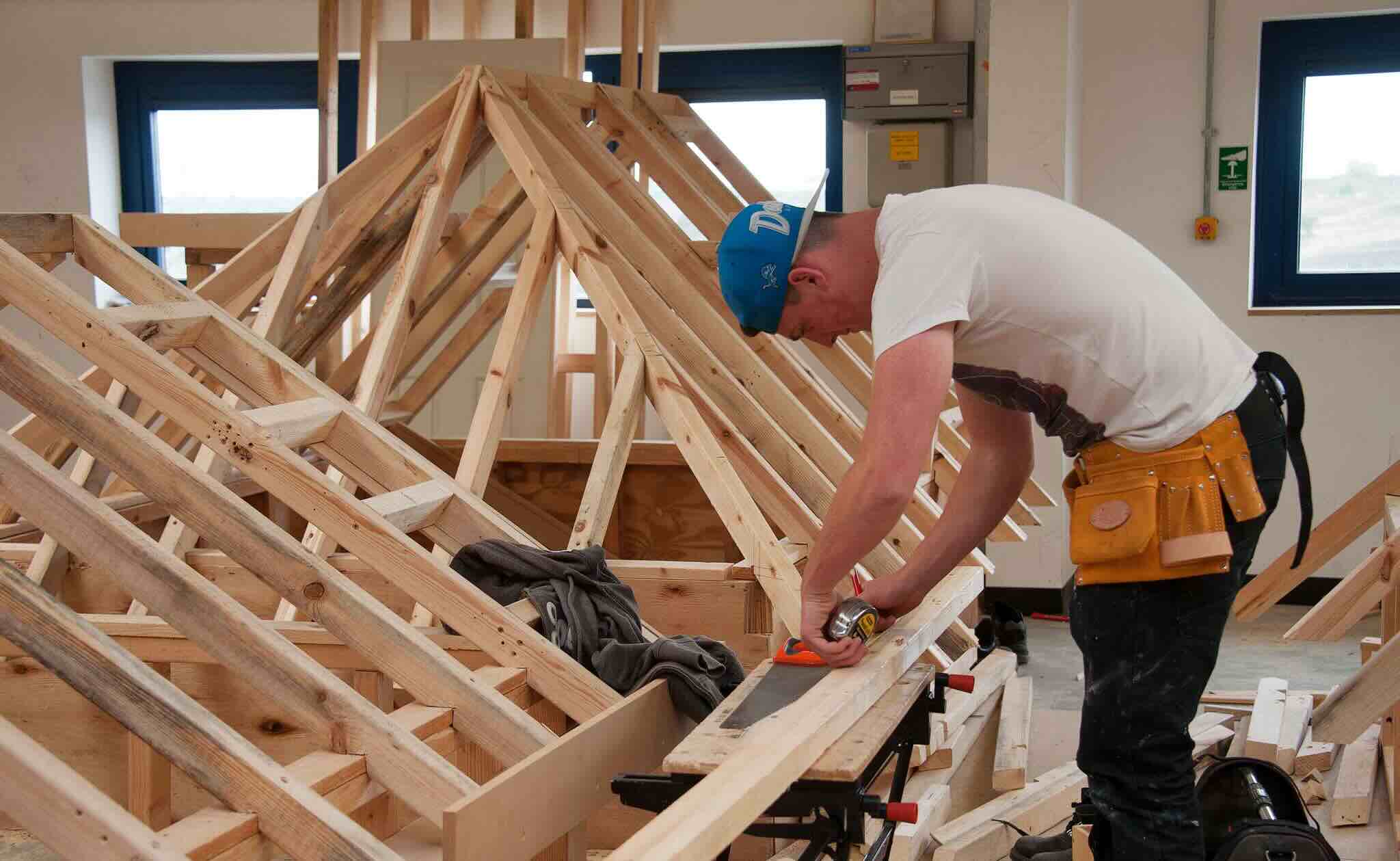



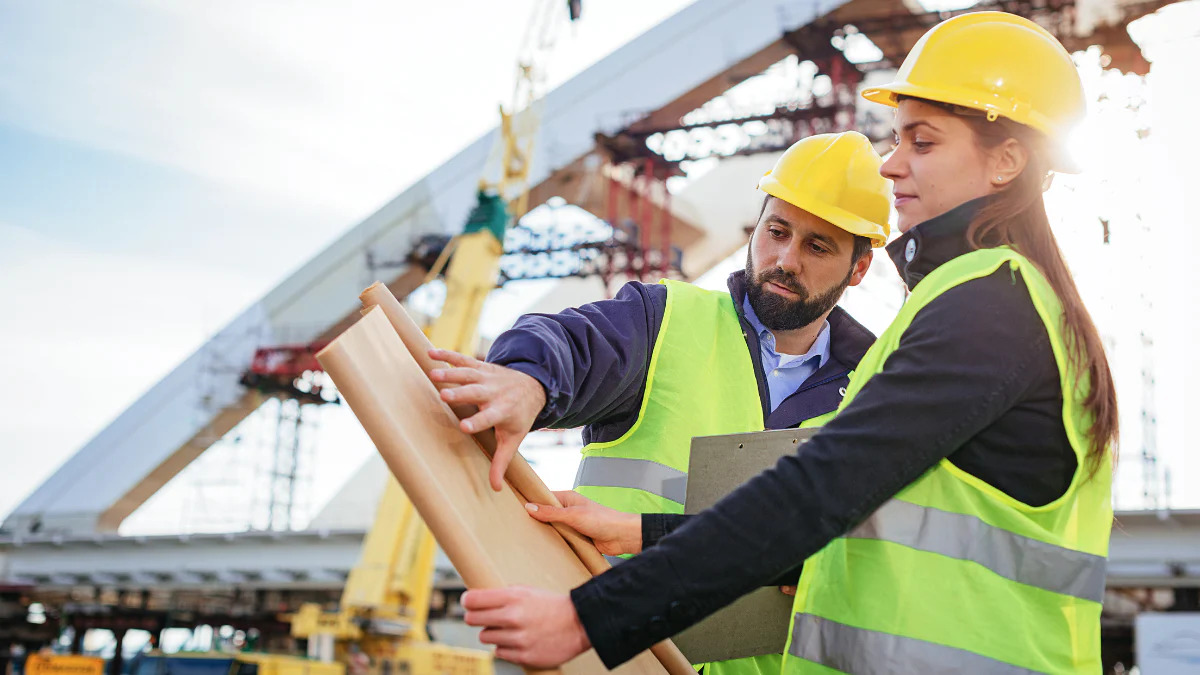
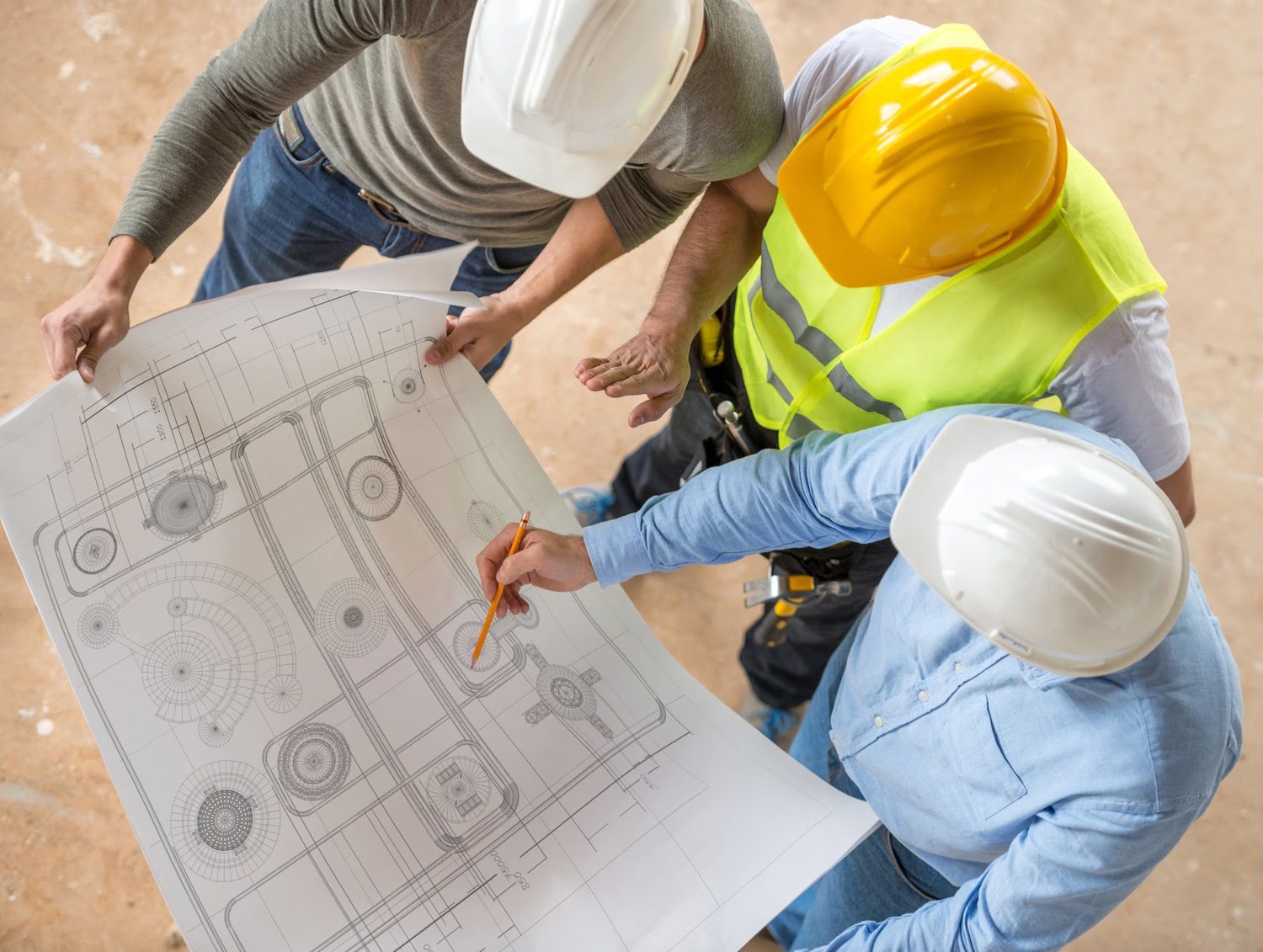

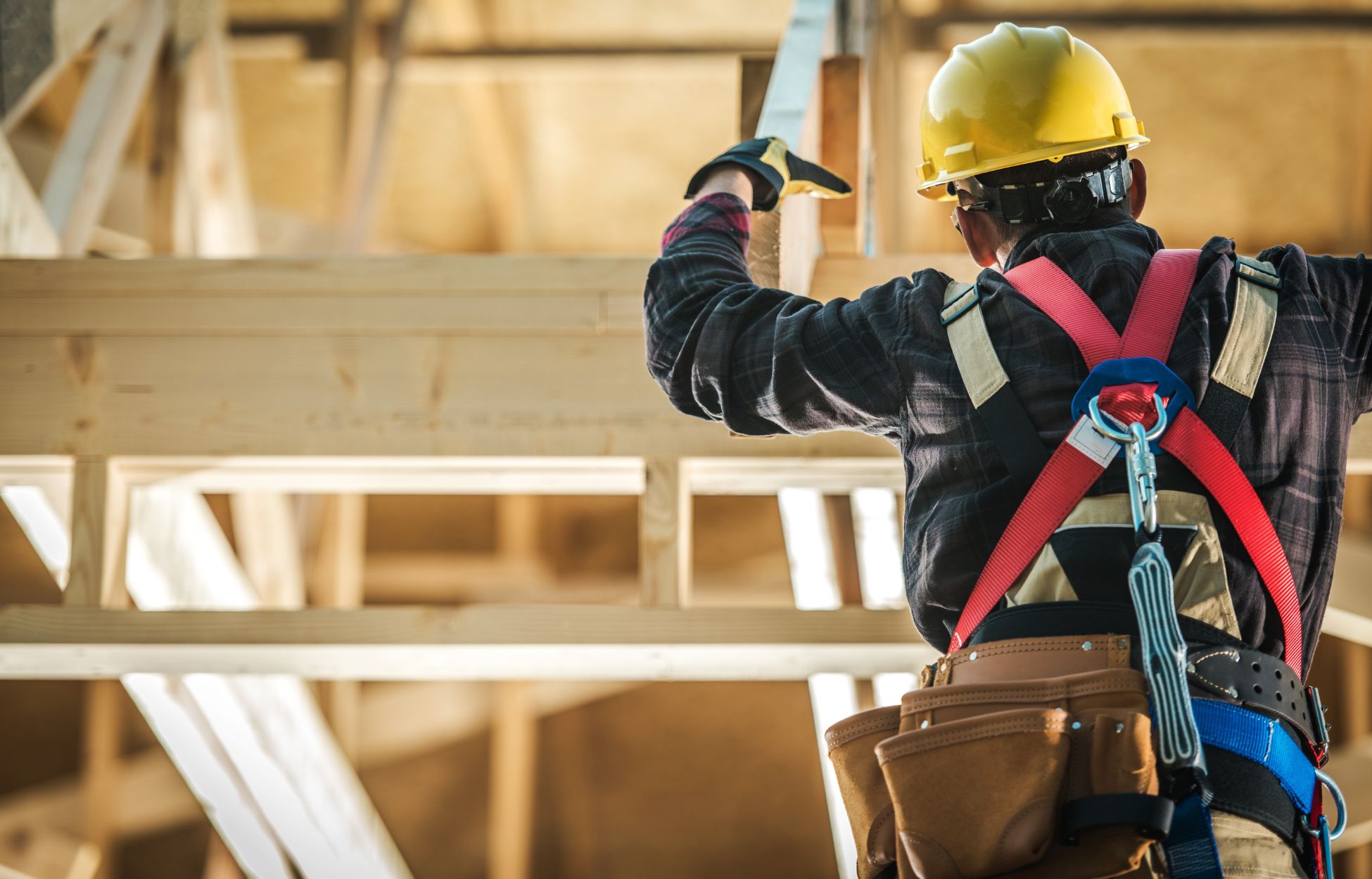
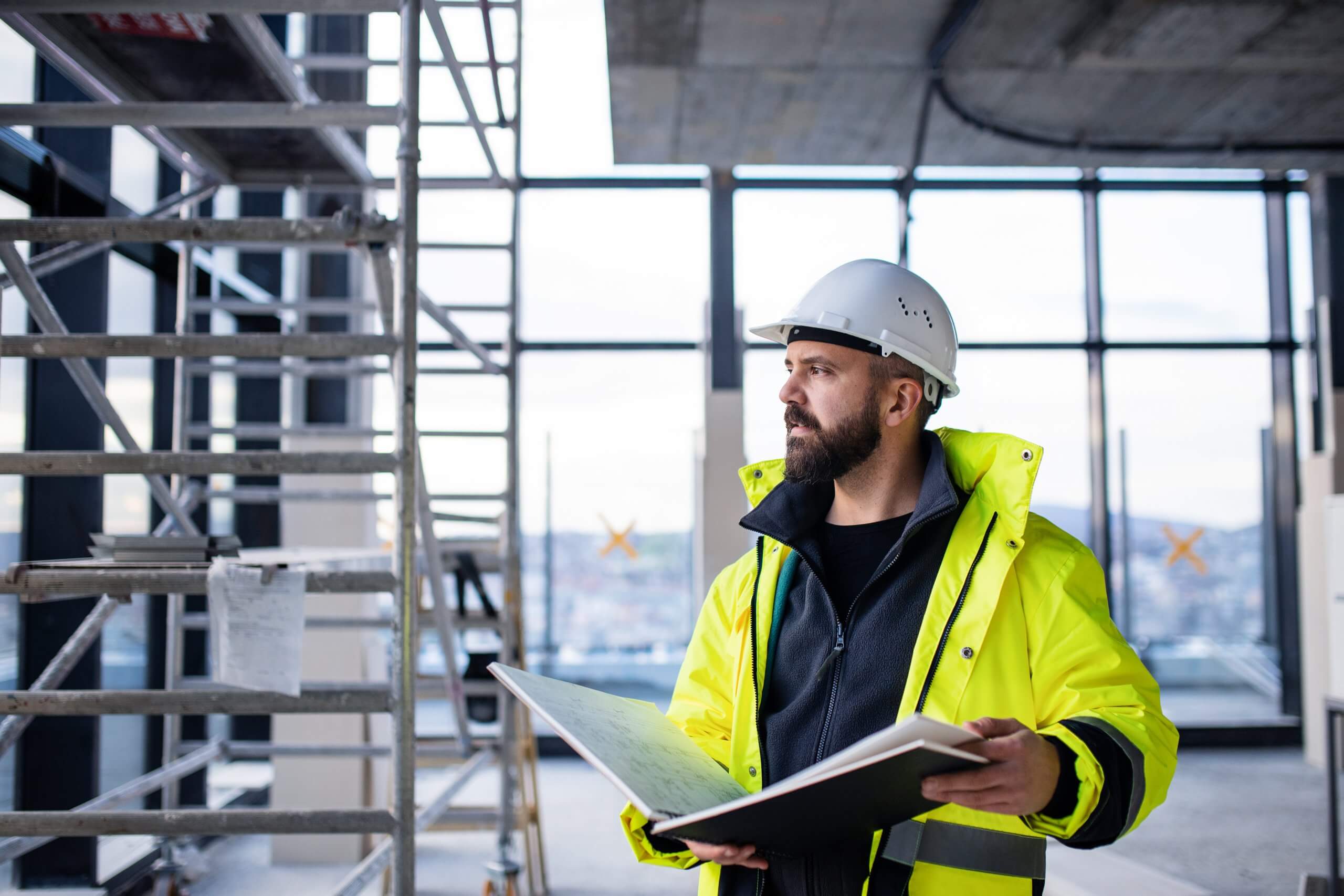
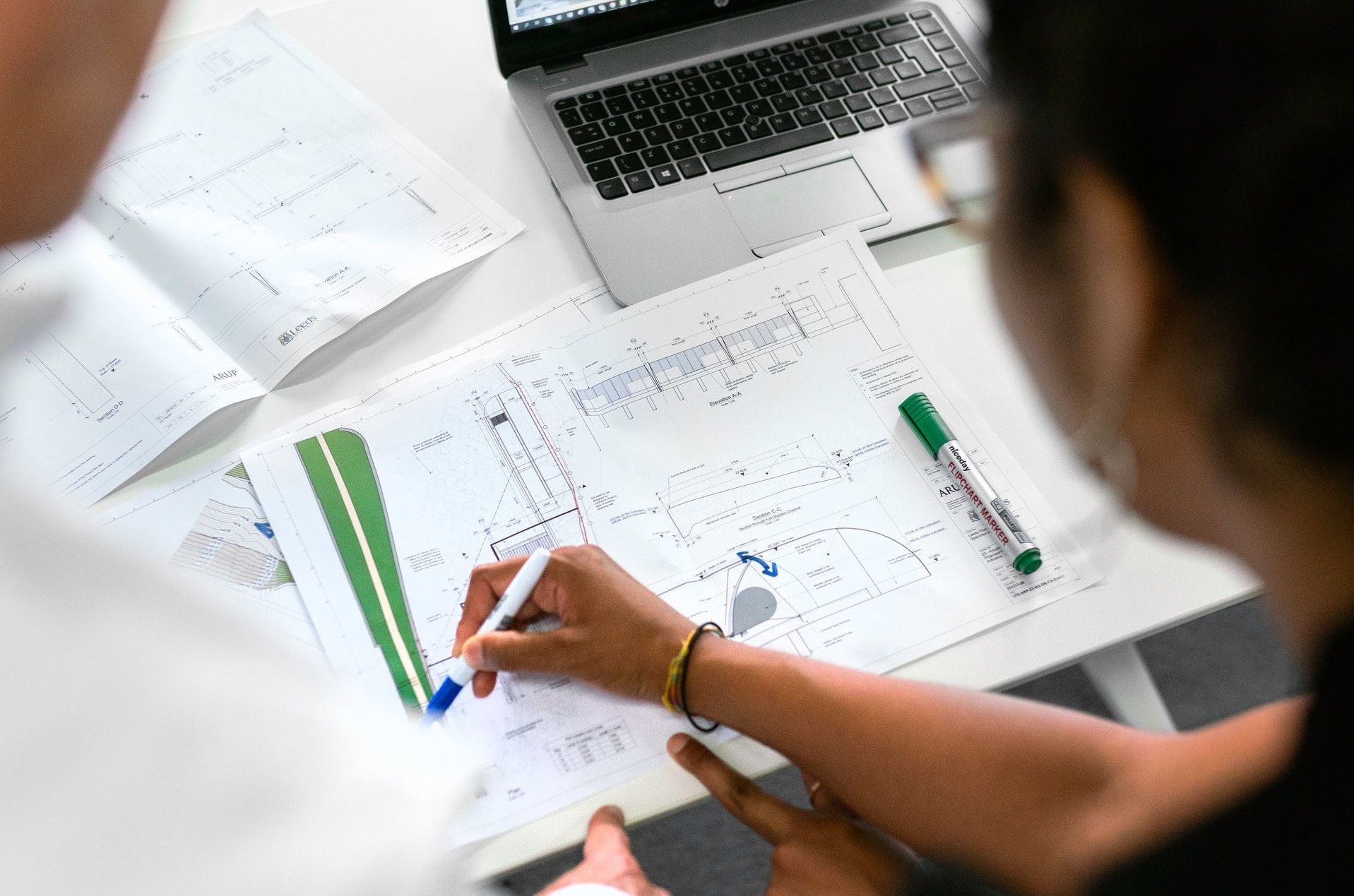
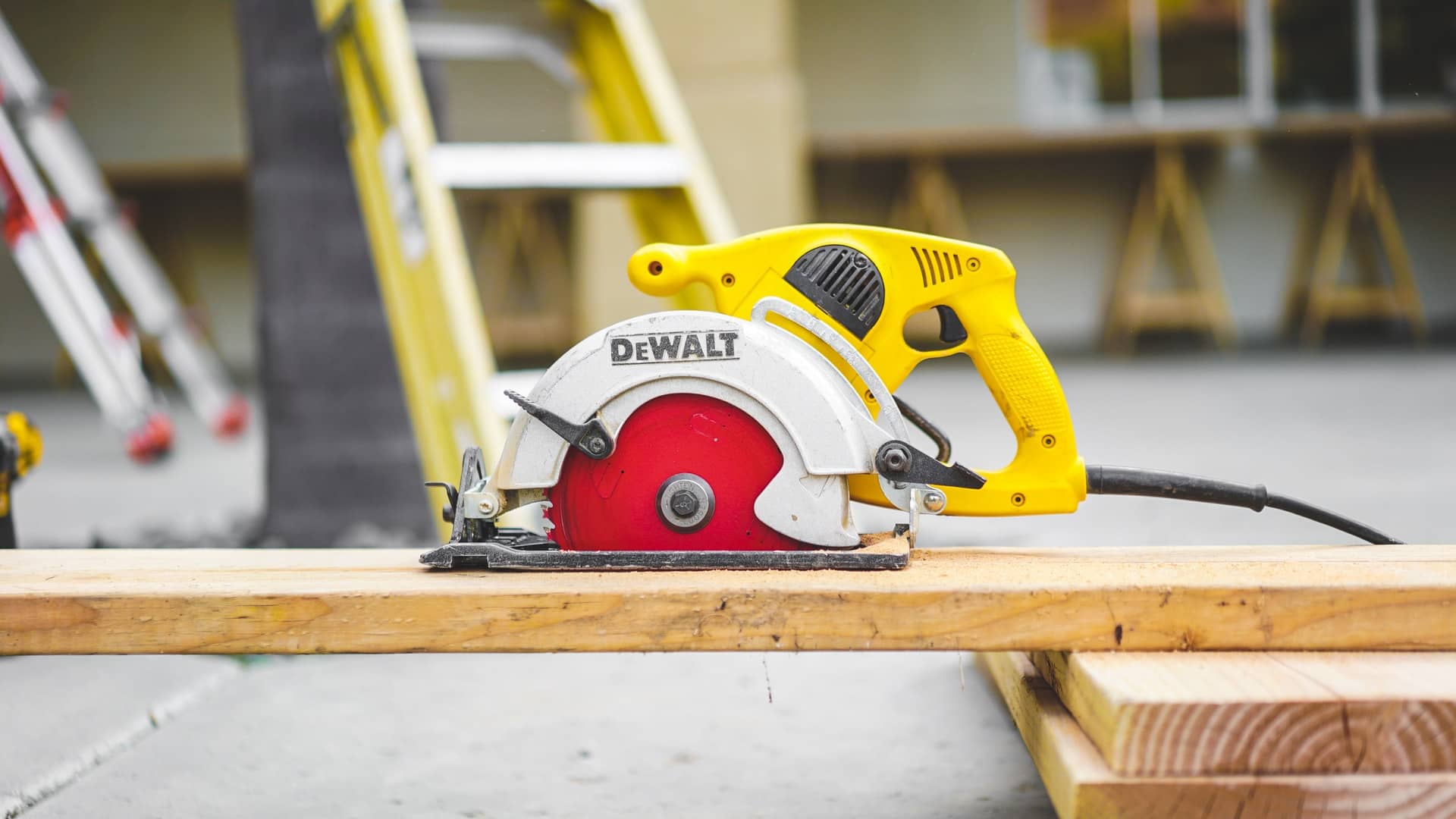



0 thoughts on “What Do Masons Do In Construction”